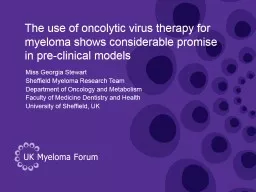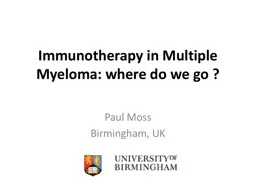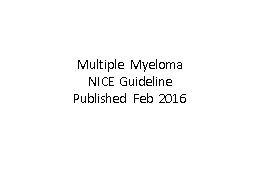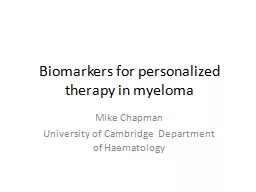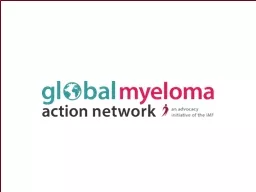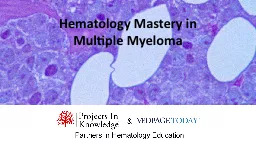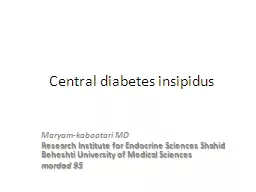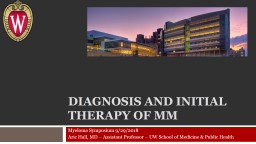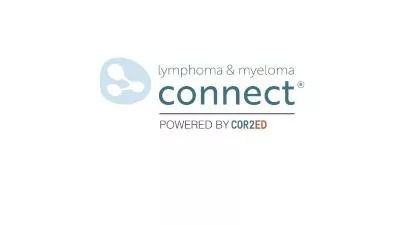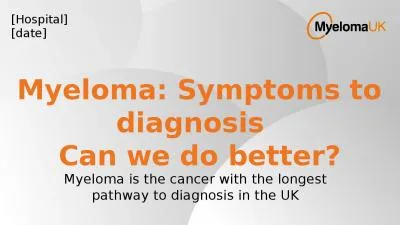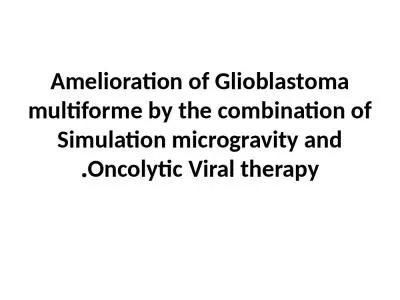PPT-The use of oncolytic virus therapy for myeloma shows considerable promise in pre-clinical
Author : Thunderbolt | Published Date : 2022-08-04
Miss Georgia Stewart Sheffield Myeloma Research Team Department of Oncology and Metabolism Faculty of Medicine Dentistry and Health University of Sheffield UK
Presentation Embed Code
Download Presentation
Download Presentation The PPT/PDF document "The use of oncolytic virus therapy for m..." is the property of its rightful owner. Permission is granted to download and print the materials on this website for personal, non-commercial use only, and to display it on your personal computer provided you do not modify the materials and that you retain all copyright notices contained in the materials. By downloading content from our website, you accept the terms of this agreement.
The use of oncolytic virus therapy for myeloma shows considerable promise in pre-clinical: Transcript
Download Rules Of Document
"The use of oncolytic virus therapy for myeloma shows considerable promise in pre-clinical"The content belongs to its owner. You may download and print it for personal use, without modification, and keep all copyright notices. By downloading, you agree to these terms.
Related Documents

